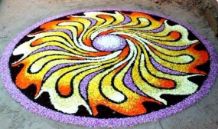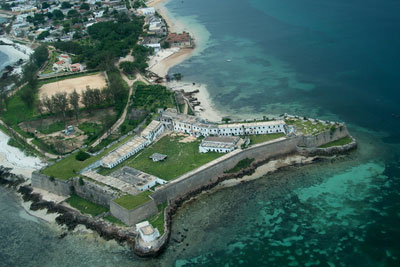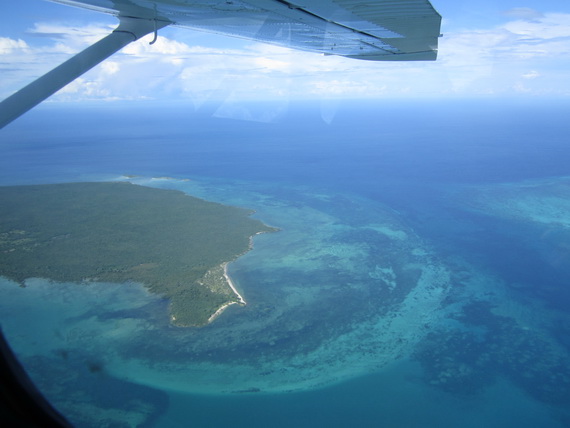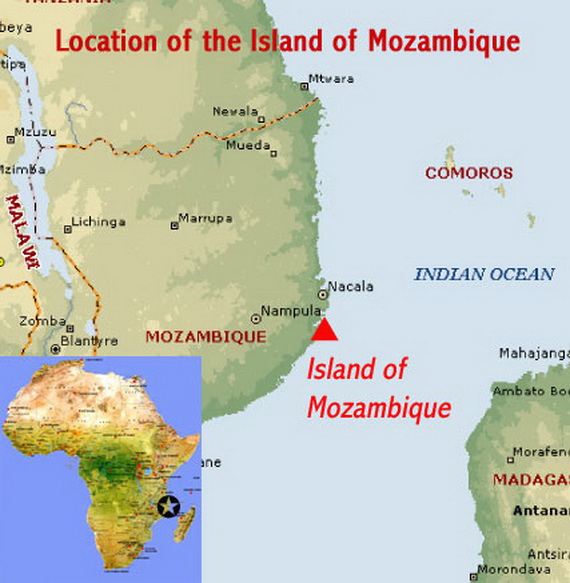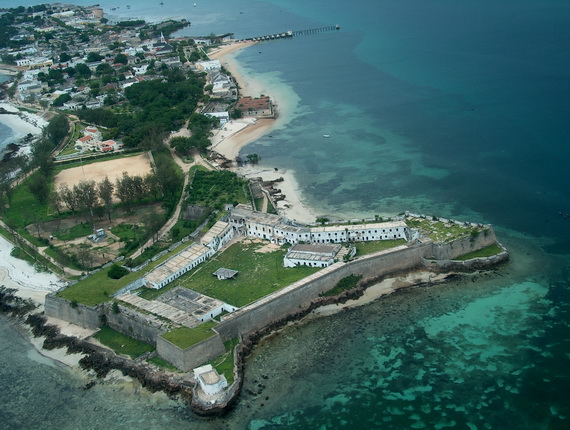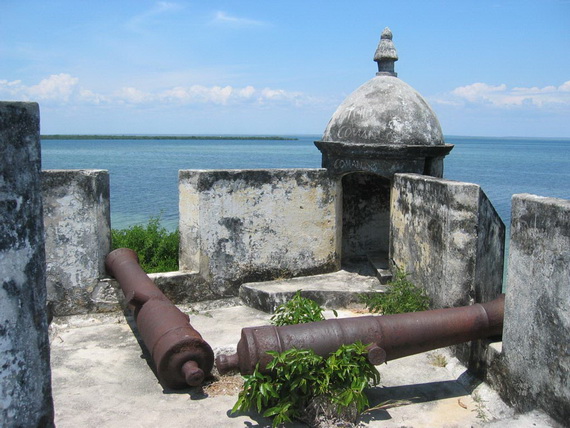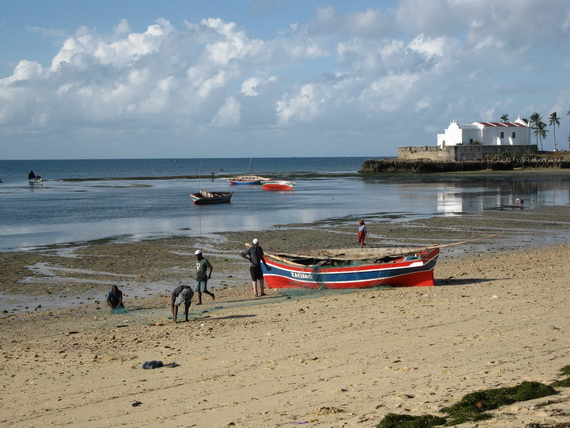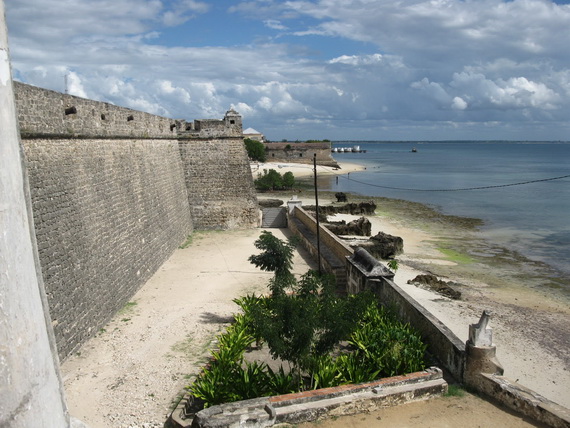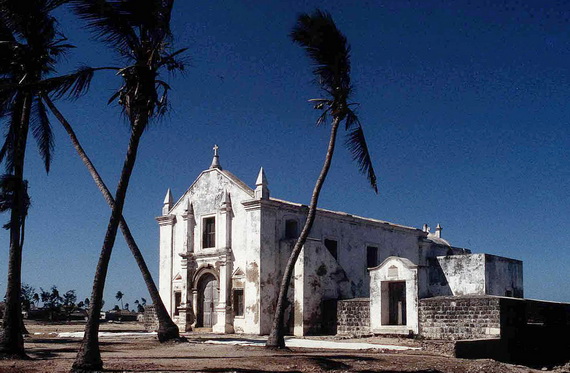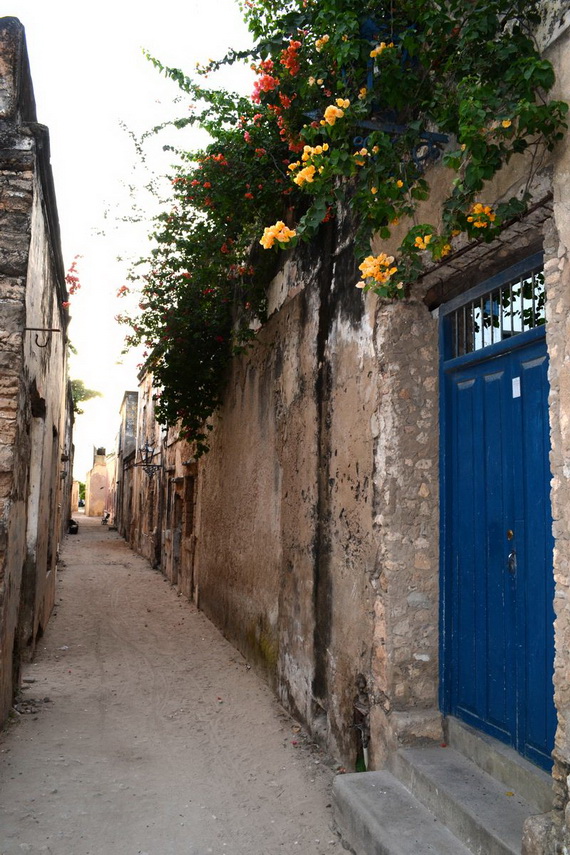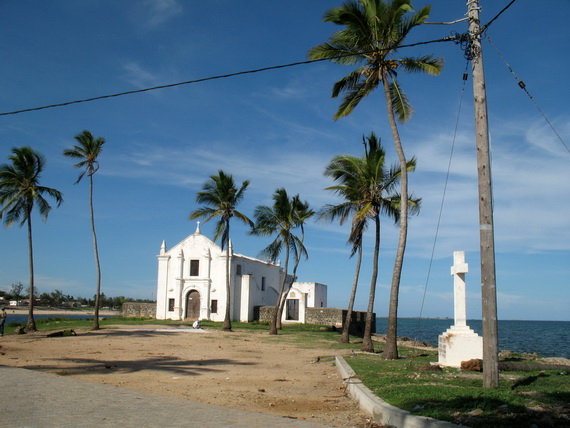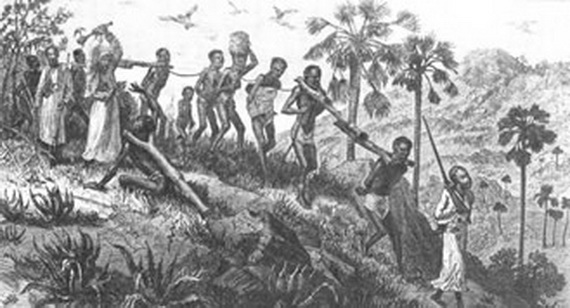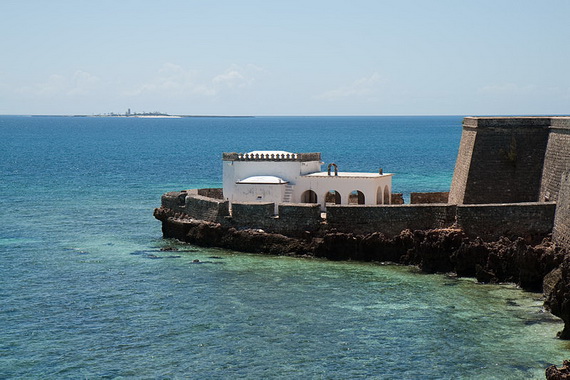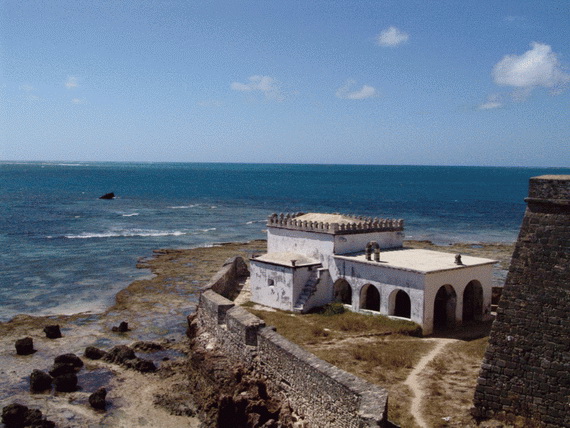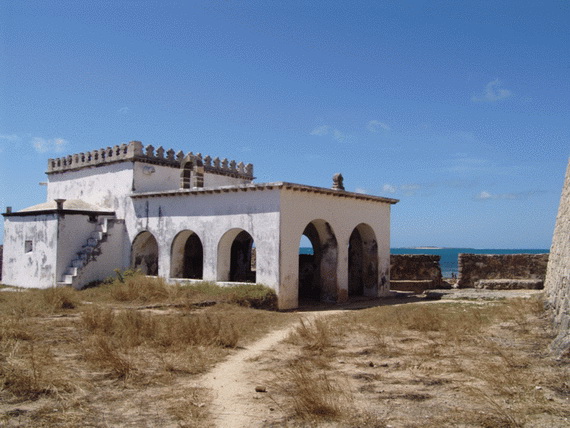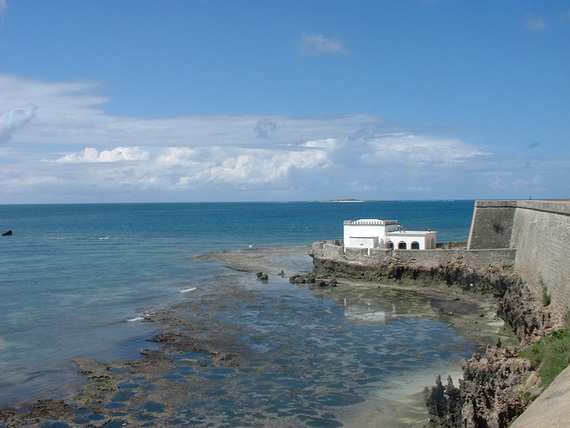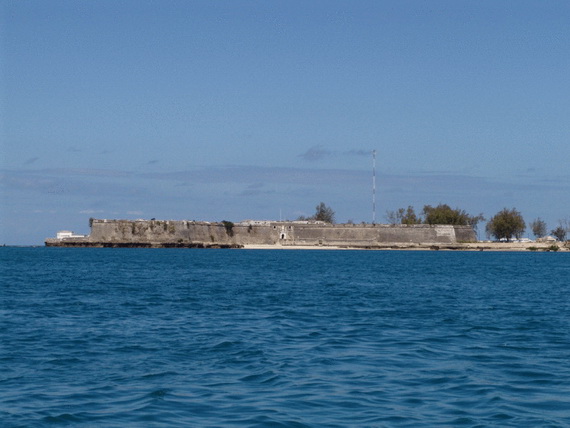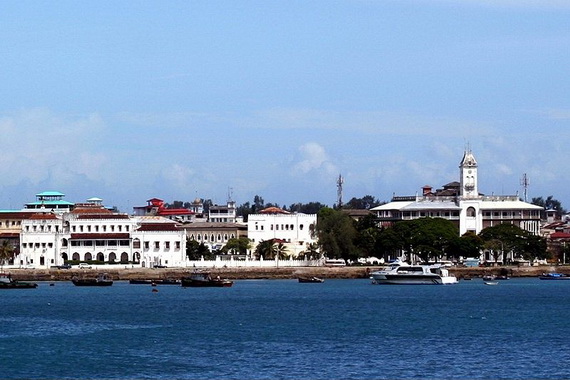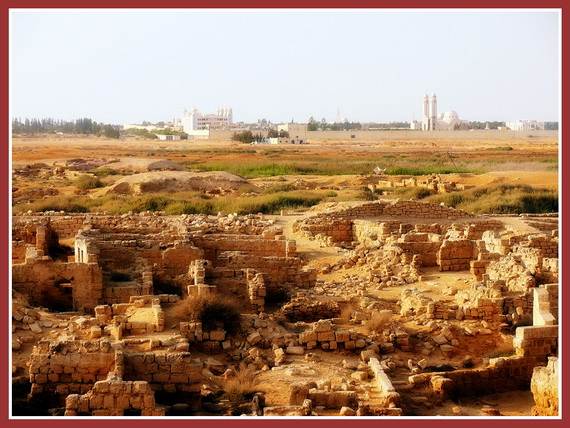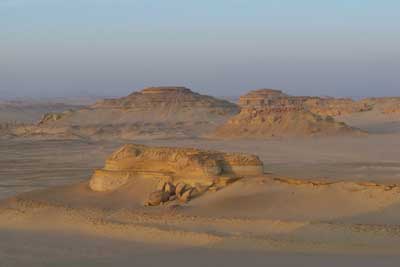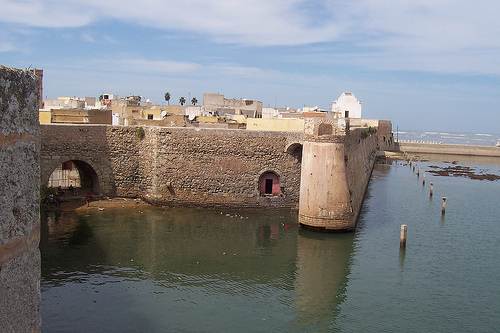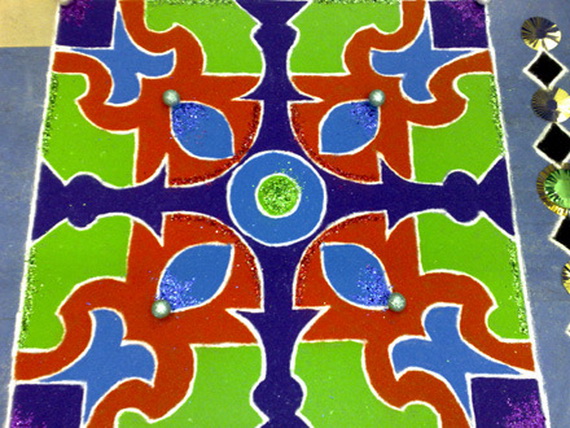The Island of Mozambique is a small coral island that is situated off the northern Mozambique southeastern Africa near the African coastline between the Mozambique Channel and Mossuril Bay (at the mouth of Mossuril Bay on the Nacala coast ). The entire Island of Mozambique in Mozambique has been proclaimed as a World Heritage Site during the 15th session of the World Heritage Committee in Carthage on1991. Island of Mozambique became one of Mozambique’s fastest growing tourist destinations. The local people habitation of the island of Mozambique goes back to prehistoric times due to the immigration of Bantu tribes. The Island of Mozambique today has a population of 14,000 people. The island is natural harbor was a major Arab port and boatbuilding centre, the Arab merchants and the Indian merchants used it as a maritime trading centre long before the arrival of Portuguese by Bartholomeu Dias ( The first Portuguese explored the land ) and thenVasco da Gama (a Portuguese navigator) in 1498. The name of the island ( Island of Mozambique ) as its name Mozambique, is derived from an Arab trader Musa Al Big, who first visited the island and later lived there, and was renamed to Ilha do Mocambique.
Vasco da Gama the popular Portuguese explorer visited in 1498, and claimed it for Portugal and captured the island from the Arabs 1507. The Island of Mozambique became the capital of the Portuguese colony and the focal point of their trade route to India and industry. Vasco da Gama built the first artillery bastion and a Portuguese fort during his first journey to India 1507 in Ilha surrounding the island, which was made of blocks of the coral reef to defend the island against the Arabs. In 1522 they built the Chapel of Nossa Senhora de Baluarte, Nowaday is considered as the oldest European building in the southern hemisphere, and one of the finest examples of Manueline vaulted architecture in Mozambique. Following that, during the sixteenth century they built the Fort São Sebastião the oldest complete fort 1558 and set up a mission base and a settlement (now known as Stone Town) became the capital of Portuguese East Africa.
Today the remains of the Portuguese fortifications are well preserved, whilethe remains and the influences from India and Arabia are preserved to a lesser degree. With the opening of the Suez Canal in November 1869, the island’s fortunes waned, the new harbour of Nacala took most of the remaining business. The island is also close to two tourist highlights; The coastal village of Chocas do Mar, of a long beach about 40 km north of Ilha de Moçambique across the Mossuril Bay is a weekend and holiday escursion destination, and Cabaceiras.











